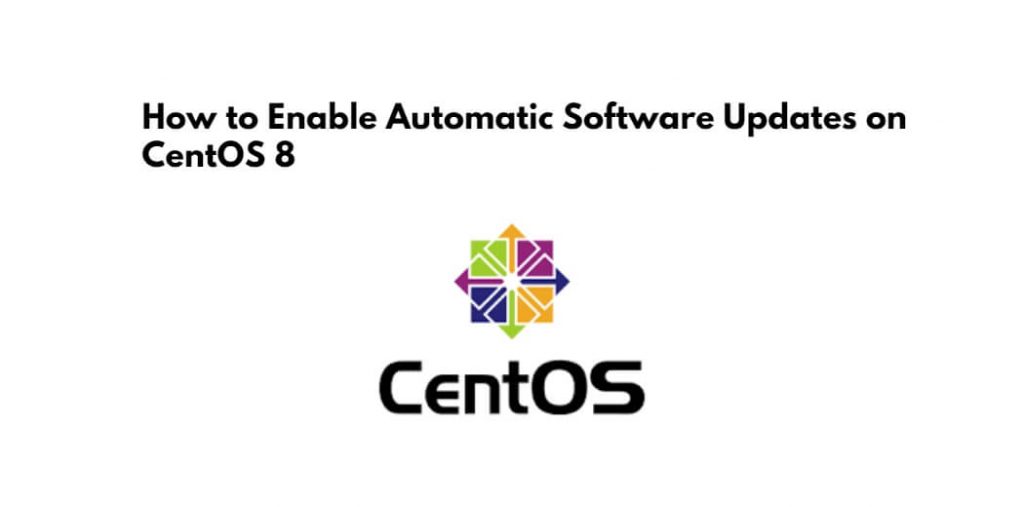Set up or enable automatic software updates on CentOS 8; Through this tutorial, we will learn how to enable or setup automatic software updates on centOS 8.
How to Enable Automatic Software Updates on CentOS 8
Just follow the following steps to enable or set up automatic software updates on centOS 8:
- Step 1- Install dnf-automatic RPM Library
- Step 2 – Configure dnf-automatic updates
- Step 3 – Enable dnf-automatic
Step 1- Install dnf-automatic RPM Library
First of all, open terminal and execute the following command into it to install dnf automatic RPM libraries in centOS 8:
sudo dnf install -y vim dnf-automatic
To get more details on the library by executing the following command on termnal:
rpm -qi dnf-automatic
Step 2 – Configure dnf-automatic updates
To configuration file is /etc/dnf/automatic.conf, The configuration file is located at /etc/dnf/automatic.conf. Once we have opened the file, we can to set the required values to fit software requirements.
[commands] upgrade_type = default random_sleep = 0 download_updates = yes apply_updates = yes [emitters] emit_via = motd [email] email_from = [email protected] email_to = root email_host = localhost [base] debuglevel = 1
To enable the feature, disable apply_updates in the configuration file.
apply_updates = no
Step 3 – Enable dnf-automatic
Once the above process has been finished, now execute the following command on terminal to enable dnf automatic updates:
sudo systemctl enable --now dnf-automatic.timer
To check the status of the dnf-automatic service, run the following.
systemctl list-timers *dnf-*
Conclusion
Through this tutorial, we have learned how to enable or set up automatic software updates on centOS 8.
